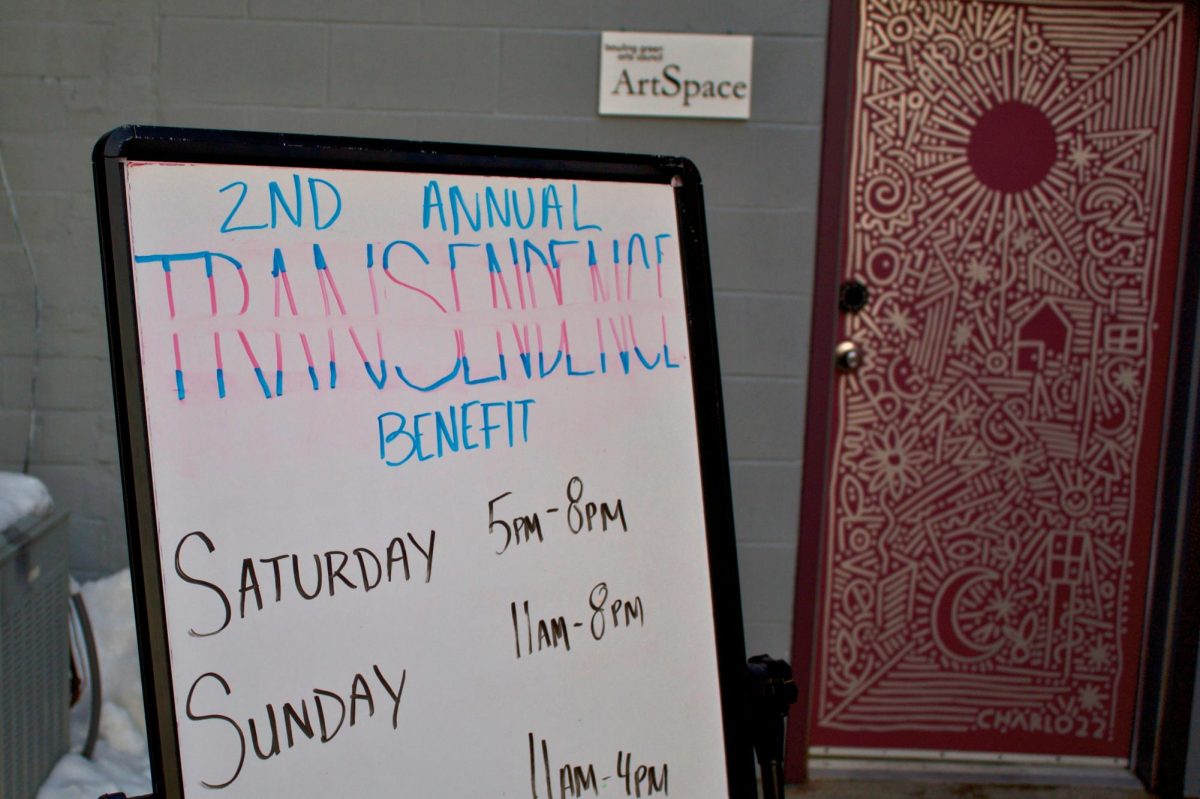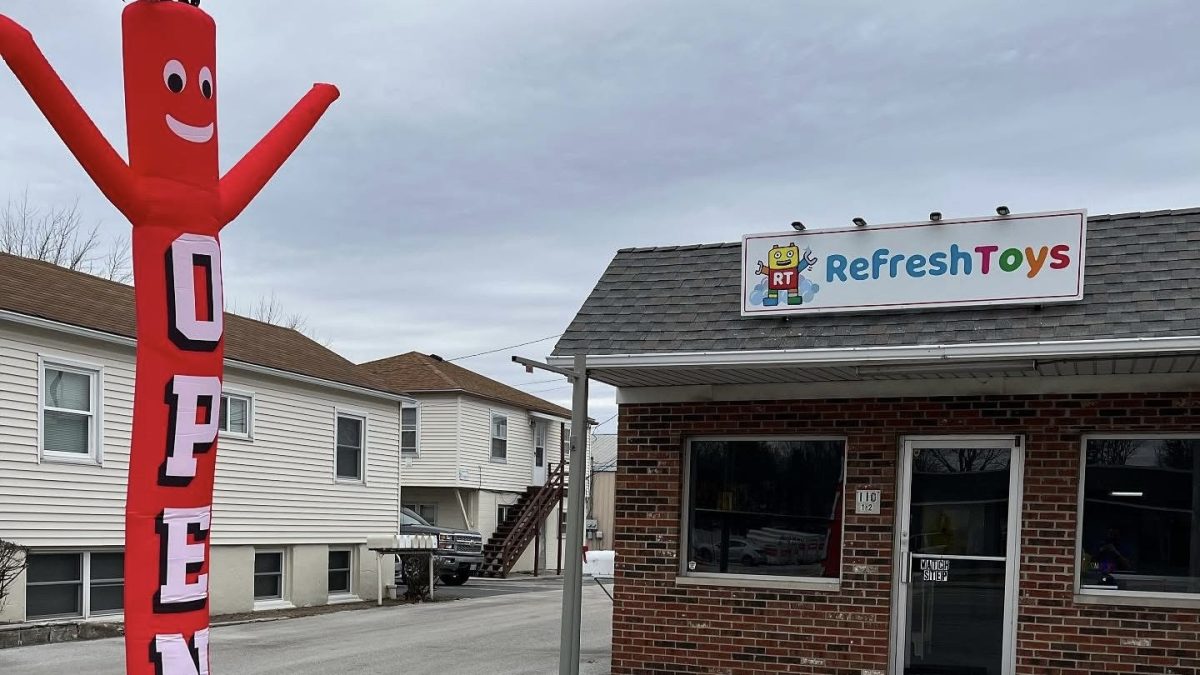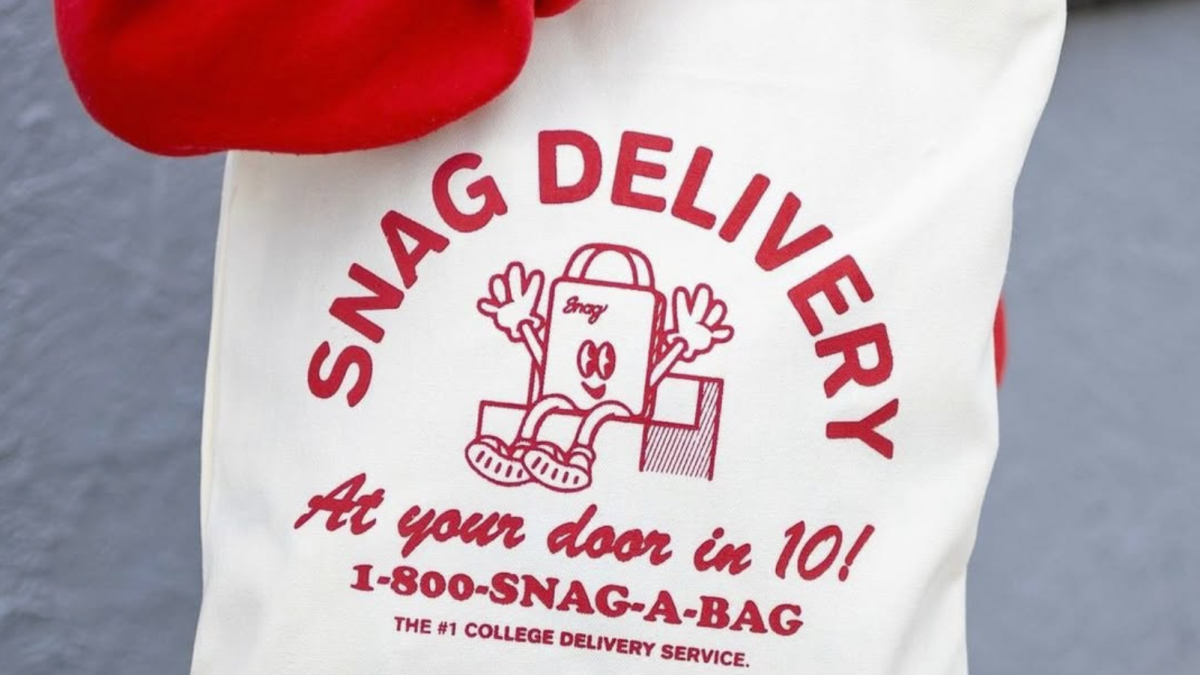In order to further strengthen ties, the city and University created a Joint Visioning Task Force to improve communication and seek equal opportunities in education and business.
“It’s about good working relations between the University and the city and we have that pretty much on a day-to-day basis, but we maybe need to move to the next level of recognition in terms of our town gown partnerships,” said President Mary Ellen Mazey, who brought up the idea of starting a task force to Mayor Richard Edwards earlier in the year.
“It’s an important step to recognize we have so many mutual interests,” said Mayor Richard Edwards.
Mazey has done a regional visioning exercise before during her time at Wright State University for the county area, where she worked with local communities such as Springfield, Xenia and Centerville on similar strategies.
The task force is comprised of six task forces in charge of exploring opportunities in regionalism, housing, relationship building, downtown and economic development, education and infrastructure. Each task force is co-chaired by one city and University representative.
After its first September meeting, the task force identified objectives that would benefit the relationship including, but not limited to promoting a “buy local” culture on campus, developing more internships and service learning opportunities and combining the Visitor’ Center and Bowling Green Convention and Visitors Bureau, according to its September report.
The task force work is over, now it’s time for the volunteers to help implement the objectives in the report, Mazey said.
Only weeks into the process, some task forces have already began work on their objectives.
Robin Gerrow, co-chair of the Downtown and Economic Development Task Force, said they have been looking at ways to increase student, faculty and staff awareness of local businesses downtown through open houses and inviting local merchants on campus.
Students can be self-contained on campus and not be aware of the services available to them and faculty and staff who don’t live in town might not see Bowling Green as a place to shop compared to their hometowns, Gerrow said.
The task force is also planning on combining the two visitors centers where the current University one is located given its proximity to the highway, which will allow the city to put signage on the highway and give collective information about both the city and University, she said.
The joint visitors center is projected to open in January at the earliest, Gerrow said.
Gerrow also said a way to improve relations is by helping fund and incubate student start-up businesses.
“We want to provide an environment so that when students graduate, they want to stay and become part of the community,” she said. “It’s not just about bringing in business, but starting ones here.”
Complementing Downtown and Economic Development is the Education Task Force, which is working on increasing service learning and internship opportunities in the city for students.
One idea is to direct students and businesses looking for internships to a tab on the University’s homepage while promoting highlights, said Co-Chair Marcia Salazar-Valentine.
Co-Chair Steven Cernkovich said, currently, students either find internships by themselves or with help of University departments.
The task force started a partnership with the Office of Service Learning to help make students more aware of volunteer and internship opportunities through job fairs or programs, Cernkovich said.
Jane Rosser, director of service learning, said a potential project in the spring would be a Focus on Community Issues conference, which could allow for collaboration opportunities.
“The purpose is to learn more about the community we live in to create more partnerships,” Rosser said. “If you see something from a different perspective, it will help you see how to approach work and follow up with partnerships.”
At the next Joint Visioning Task Force meeting at 8 p.m. Nov. 15, each task force will be providing an update on its progress toward achieving the set objectives.
“It’s one thing to put out a report and another thing to see some action,” Edwards said. “The real test is how do we keep the ball rolling.”













